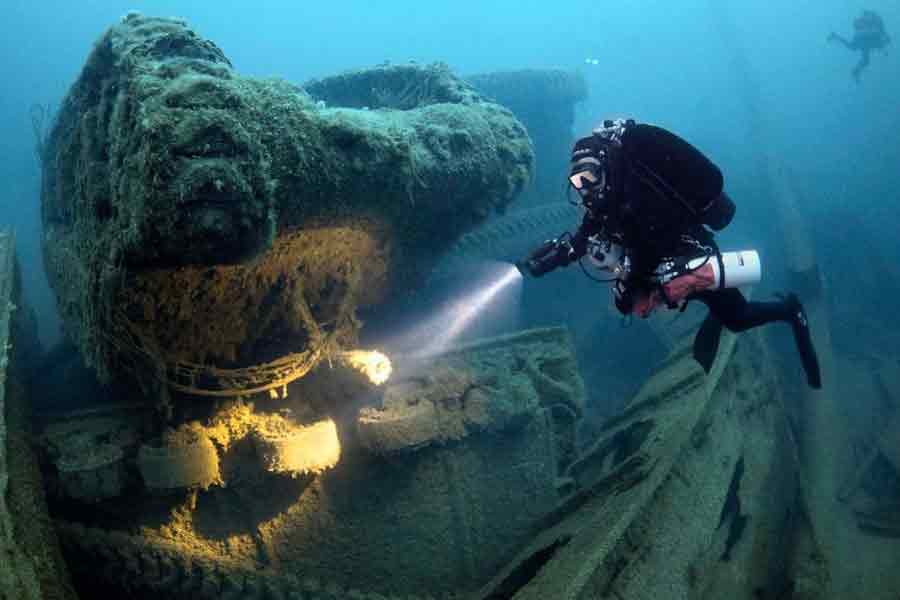
The word «shipwreck» tastes like failure and smells of mystery. The stories surrounding the history of a sunken ship are often eerie and filled with legends and coincidences that defy the imagination. There are simply no saltless seas, nor shipwrecks without mysteries.
It was the 17th century, and America bled gold, silver, and precious jewels that filled the overflowing coffers of the Spanish kings. The silhouettes of galleons loomed threateningly against the Caribbean sunsets. Their mission was to transport the precious cargo through waters filled with dangerous and unknown reefs. The crew grappled with their ambition and the maximum load a ship of that era could carry. Ambition often won.
On September 4, 1622, a fleet of 28 vessels set sail from Havana to Spain. Their holds were packed with silver from Peru and Mexico, gold and emeralds from Colombia, and pearls from Venezuela—the treasures of a crumbling empire. But not all the ships would reach their destination. On September 6, the fleet was struck by a ferocious hurricane that claimed eight of its vessels, including the Nuestra Señora de Atocha, which sank, taking 265 souls with it. Only three sailors and two slaves managed to survive the violent shipwreck. A second hurricane a month later scattered the remains of the ship and its precious cargo even further. Despite Spanish efforts to recover the loot, it seemed that the Atocha had been definitively swallowed by the sea and had disappeared forever.
Mel Fisher was not just a treasure hunter or an experienced diver; he was also an obsessive and persistent man. Determined to find the remains of the Atocha, he dedicated 16 years of his life to unraveling its history, forming a team of divers. Fisher’s unwavering determination finally paid off. On July 20, 1985, Fisher’s boat’s metal detector went wild. Two divers descended to investigate and found only a reef in the shape of an elongated pyramid. They scraped one of the «rocks» and discovered that it was stacked silver bars. The wooden galleon had completely vanished, and the treasure lay exposed just a few meters beneath the transparent waters. The Atocha had been found after being held captive by the sea for 363 years.
What followed was the rescue of a fantastic treasure consisting of 1,041 silver bars, 77 gold ingots and discs, several boxes containing 3,000 gold coins each, 3,000 Colombian emeralds, and 85,000 precious objects such as gold chains and crucifixes. It was, without a doubt, the largest recovered treasure in history since the discovery of Tutankhamun’s tomb. This is all the more impressive considering that the Atocha was just one of the 28 ships in the fleet.
Among the objects was a gold cup believed to have the power to absorb any poison contained in the drink. Undoubtedly, each of the recovered articles had its own story of mystery and legend, and they had taken not only the lives of the 265 sailors but also the lives of thousands of natives who were involved in their extraction and manufacture. Even Mel Fisher himself was not exempt from the burden of mysteries and coincidences, as he was born on August 21, 1922, just 16 days before the exact 300th anniversary of the shipwreck. Curiously, one day for each year he dedicated to the search.
Some claim that there are still riches from the Atocha scattered on the seabed, and others are still searching for the remains of the other seven sunken vessels. But there is more, much more.
The ambitious sea hides the most fantastic treasures in the greatest naval collection one can dream of. Within its waters, the history of humanity patiently sleeps, waiting for centuries at the coral bottom for those who dare to snatch it and bring it back to the surface surrounded by legends and mysteries.
«You cannot defend what you do not love, and you cannot love what you do not know.»

